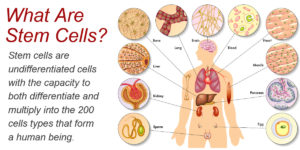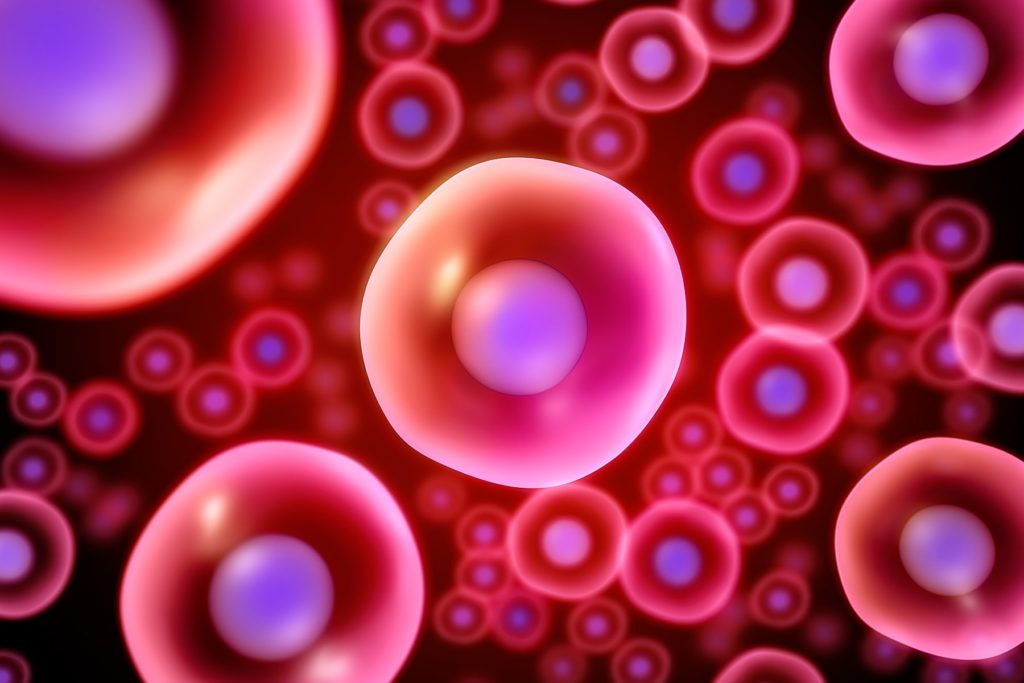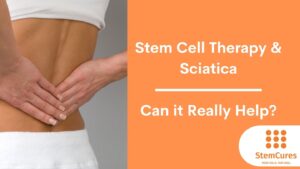For some, undergoing surgery to provide relief from the pains associated with their chronic condition is simply out of the question.
To avoid potential issues, patients often turn to medication, even though its effect on their pain is only temporary.
This is where stem cell therapy comes in. Offering great promise in treatment for cancers, a variety of disorders, back pain, knee pain, and even helping reduce arthritis pain, stem cell therapies are growing in popularity as a sustainable option.
This article will outline what the procedure entails, and what the advantages and disadvantages of the treatment are.
What are Stem Cells?
Stem cells are human cells that have the ability to develop into different cell types.

To read more about the basics of stem cells, read our article on what are stem cells?
What Kind of Stem Cells Are There?
Human stem cells can originate from an embryo or an adult human. Embryonic stem cells used in research come from unused embryos.
The versatility that comes with embryonic stem cells makes them preferable for regenerating and rebuilding diseased tissues or organs.
When it comes to adult stem cells, on the other hand, there are two different types ; one that comes from fully developed tissues, and the other being induced pluripotent stem cells.
Adult stem cells that come from developed tissues such as the bone marrow, the brain and the skin tend to be few in quantity. They are also more likely to generate only certain kinds of cells.
For instance, a stem cell that comes from the liver is more likely to make more stem cells in its particular lineage.
Induced pluripotent stem cells are stem cells that have been genetically reprogrammed in a lab to be more similar to embryonic stem cells.
What Is Stem Cell Therapy?
Stem cell therapy is a treatment where damaged cells are replaced in the body. The treatment uses the patients’ own stem cells to remedy autoimmune and inflammatory conditions, as well as traumatic injuries.
Stem cell therapy does not cure these conditions, but it serves as a tool to help the body get to a point where it is healed enough that it can manage the symptoms of the condition it is facing.
It is important to note that there are two different categories of stem cell therapies: those that are approved by the FDA and those that are unproven.
Common FDA-approved stem cell therapies are used to treat patients with blood cancers like leukemia.
Researchers hope that the use of stem cell-based therapies will be helpful in eventually treating illnesses like Alzheimer’s disease and paralysis.
How Does Stem Cell Therapy Work?
Stem cells are grown in a laboratory and are manipulated to become specific cells like nerve or heart cells. The specialized stem cells can then be implanted into the patient.
If the patient suffers from heart disease, for example, the stem cells can be injected into the heart muscle to help repair it
What Are the Side Effects of Stem Cell Therapy?
Common stem cell therapy side effects include fatigue, headache, and nausea.
Post-treatment, when new cells are administered, it is possible for patients to also experience headaches, fevers and chills.
Dealing with issues like lack of appetite, diarrhea, and dryness of the eye and mouth long after the procedure is not uncommon either.
Benefits of Stem Cell Therapy
Stem cell therapy is a relatively simple and fairly non-invasive procedure. The procedure is safe so long as the physician performing it follows the correct cell administration techniques.
Due to its non-invasive nature, patients will likely be able to return to work the following day.
Although the treatment is still relatively new, it has been found to help patients enjoy an elevated quality of life and increased mobility.
Because the stem cells are extracted from the patient themselves, the risk of rejection is minimal. There is also no risk for disease transmission with this procedure.
In addition, stem cell therapy is celebrated for its sustainable nature. For those who suffer from chronic conditions, medication is often offered as a solution.
Stem cell therapy offers an alternative for patients who are looking to do away with excessive prescriptions and dependence on medication.
For more, read our article on 10 benefits of stem cell therapy.
Final Thoughts
Like many other treatments, stem cell therapy has its risks and benefits. The advantages that come with this procedure, however, outweigh the minimal risk involved.
The safety, efficiency, and sustainability of stem cell therapy make it a valuable option for the treatment of chronic conditions and more.
If you’re still having doubt, our stem cell therapy reviews and testimonials speak for themselves.
If you believe you could benefit from stem cell therapy, consult your physician today to determine your candidacy for the procedure.













